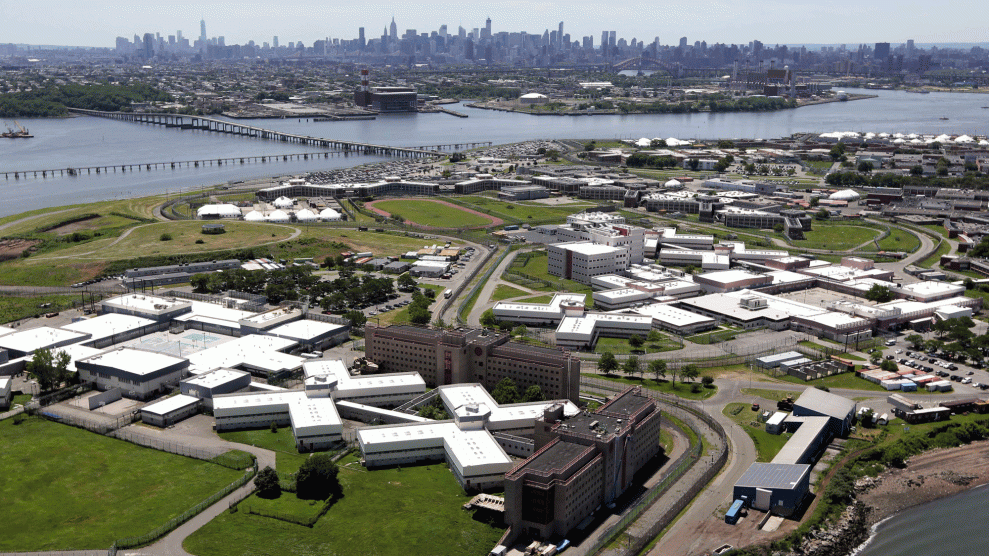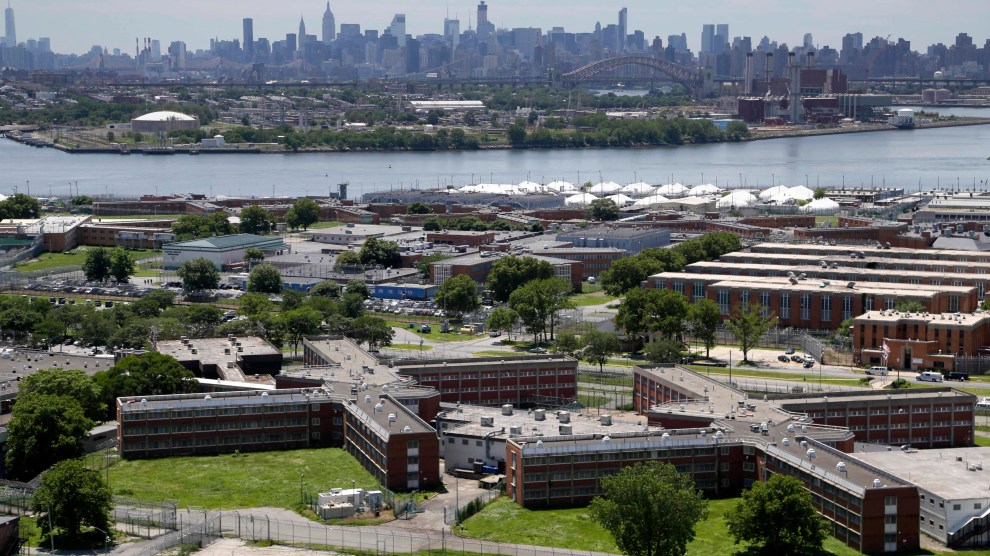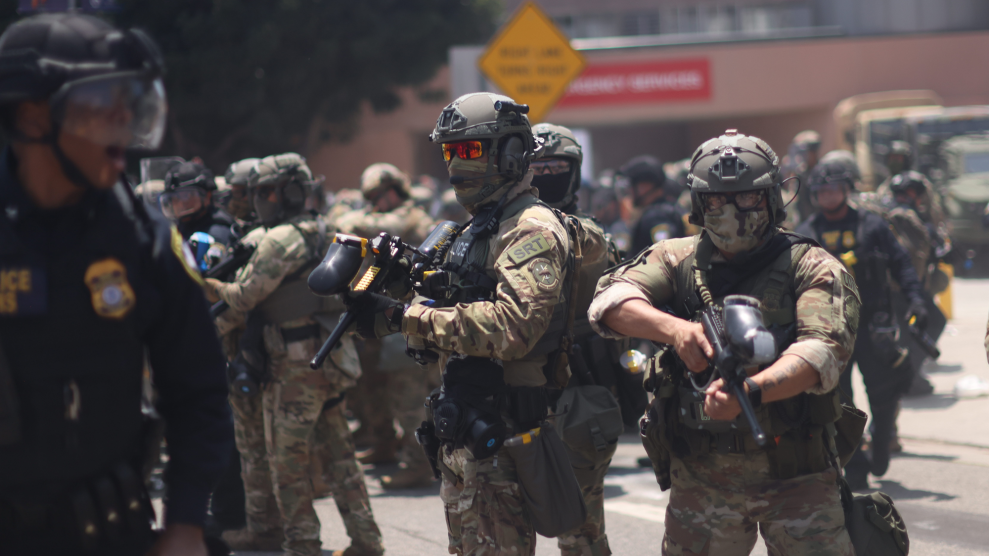
Seth Wenig/AP
Rikers Island, New York City’s main prison complex, has long been scrutinized as a hotbed of chaos and violence. Now, new images published in a recent Gothamist exposé give a startling look at the squalid, dangerous conditions inside the jails.
We obtained & published exclusive photos from inside Rikers Island jails, icymi. They were shown to prosecutors at the Manhattan District Attorney's Office in an effort to protect lives through decarceration. https://t.co/qjOyBLVqvx@Gothamist @WNYC pic.twitter.com/DBrUcavH1Q
— Matt Katz (@mattkatz00) October 1, 2022
The photos are from an August presentation that the city’s Board of Correction, which oversees safety at the jails, prepared for hundreds of prosecutors who file criminal charges in New York. According to Gothamist, the presentation shows:
A man defecating in his shorts due to a lack of toilets in the intake area and then being left in his soiled clothes for 11 hours until another incarcerated person—not jail staff—brought him new clothes; a detainee locked in a cage shower for nearly 24 hours before he injured himself; and incarcerated people dragging sick people to medical care, and even administering chest compressions themselves, because assigned officers weren’t present.
“There’s a humanitarian crisis in our city jails, and it’s despicable,” tweeted Rep. Nydia Velázquez (D-N.Y.) in response to the story.
Manhattan District Attorney Alvin Bragg, a progressive prosecutor elected last year, reportedly invited the presenters because he wanted prosecutors to better understand the consequences of charging defendants and asking judges to hold defendants awaiting trial. Most inmates at Rikers Island are pre-trial defendants; they have not been convicted and await hearings. Inmates are lingering in the city’s jail far longer than usual this year, according to a report from the mayor’s office, thanks to an uptick in admissions with pandemic-related court backlogs. Nearly 30 percent of the city’s incarcerated population has been in custody for more than a year.
Department of Correction Louis Molina told Gothamist that the photos represent “points in time—not continuous conditions at Rikers.” His team is working to improve conditions after “years of mismanagement and neglect.”
The images are the latest in a steady stream of investigations showing a jail system in crisis, awash in violence, flooded with contraband, and plagued by understaffing. Sixteen people in New York City’s jail system have died so far this year, according to the New York Times—the same number that died in all of 2021. Last year was the jail system’s deadliest since 2013, when twice as many people were in custody. This spring, the Times reported on brutal beatings at Rikers that were hidden from public documentation and revealed video footage from a “fight night,” in which inmates were forced by a gang leader to fight as a corrections officer looked on.
Now, city officials are rushing to implement reforms at the jail, which is facing the prospect of a federal takeover. In April, US attorney Damian Williams warned that if the city did not make “dramatic systemic reforms,” his office would be “left with no other option but to seek more aggressive relief.”

















